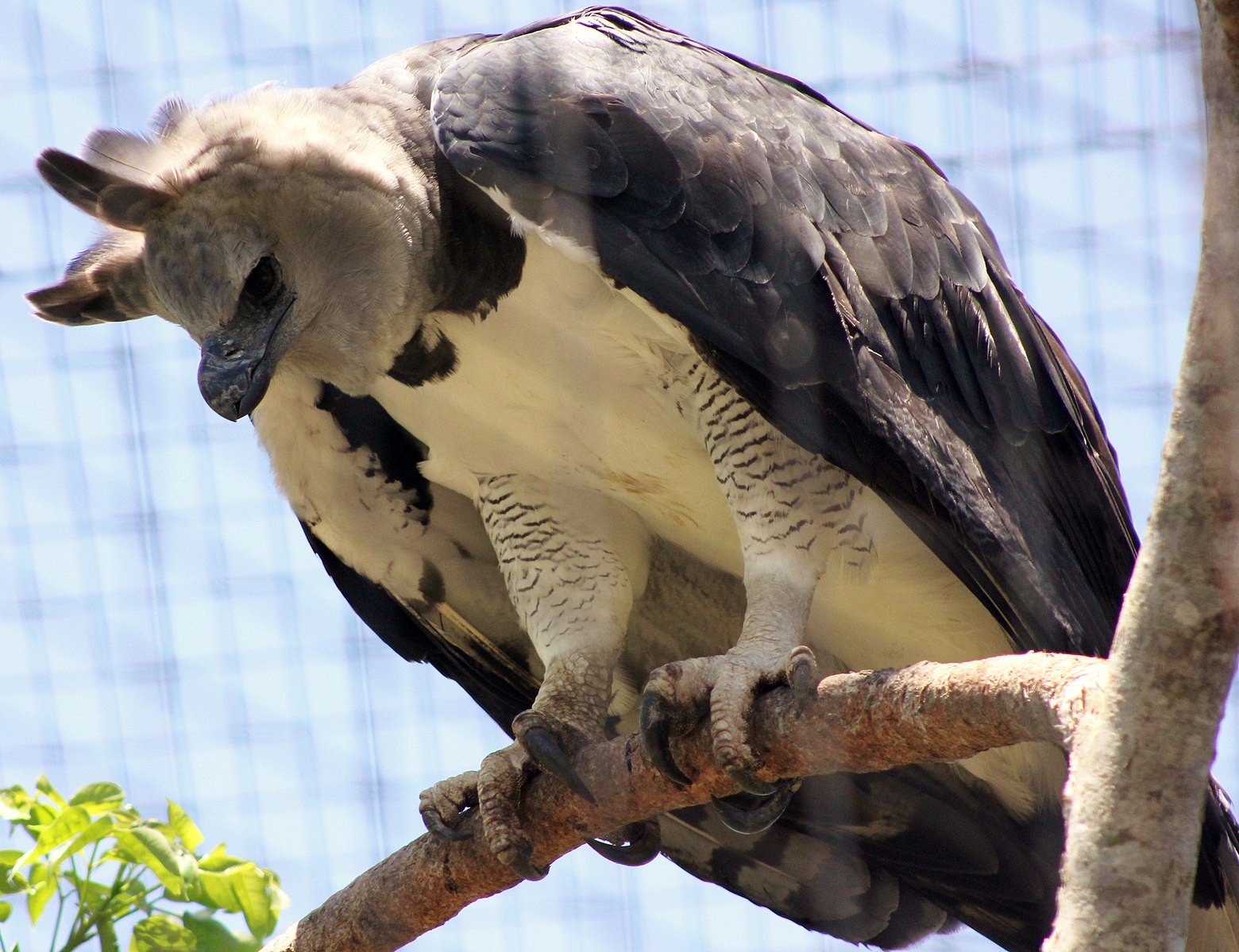Harpy Eagles are known for their impressive size, strength, and hunting prowess, but do they pose a threat to dogs? This blog post will explore the potential for Harpy Eagles to attack dogs, the factors that may influence such behavior, and the steps you can take to protect your canine companions.
Harpy Eagles: The Apex Predators of the Rainforest
Harpy Eagles are among the largest and most powerful birds of prey in the world. These majestic creatures can have a wingspan of up to 7 feet and weigh up to 20 pounds. They are native to the tropical rainforests of Central and South America, where they are the apex predators, hunting a variety of small to medium-sized mammals, birds, and reptiles.
Harpy Eagles’ Hunting Capabilities
 Image source: Harpy Eagle by cuatrok77
Image source: Harpy Eagle by cuatrok77
Harpy Eagles are equipped with powerful talons and a sharp beak, which they use to capture and kill their prey. They are known to be able to carry prey that weighs up to 20 pounds, which is significantly more than the weight of most small dogs. This impressive strength and hunting ability have led some to wonder if Harpy Eagles would consider dogs as potential prey.
Do Harpy Eagles Attack Dogs?
The short answer is that there is limited information available on whether Harpy Eagles specifically target dogs as prey. While these eagles are capable of attacking and killing small mammals, there have been no documented cases of Harpy Eagles actively hunting or attacking domestic dogs.
It’s important to note that Harpy Eagles are protected species, and it is illegal to harm or kill them. Any interactions between Harpy Eagles and dogs would likely be the result of opportunistic behavior by the eagle, rather than a targeted attack.
Factors That May Influence Harpy Eagle Behavior
Several factors may influence the likelihood of a Harpy Eagle attacking a dog:
-
Size and Weight of the Dog: Harpy Eagles are more likely to target smaller, lighter-weight dogs, as they are better equipped to handle and carry such prey.
-
Habitat Overlap: If a dog is in close proximity to the Harpy Eagle’s natural habitat, the eagle may perceive the dog as a potential threat or food source.
-
Availability of Other Prey: If the Harpy Eagle’s natural prey is scarce, it may be more inclined to consider alternative food sources, including small dogs.
-
Defensive Behavior: If a dog is perceived as a threat to the Harpy Eagle’s nest or young, the eagle may become more aggressive and attempt to defend its territory.
Protecting Your Dog from Harpy Eagles
While the risk of a Harpy Eagle attacking a dog may be low, it’s still important to take precautions to keep your canine companion safe. Here are some tips:
-
Keep Your Dog on a Leash: When walking your dog in areas where Harpy Eagles are known to live, keep them on a leash to prevent them from wandering off and potentially encountering an eagle.
-
Provide Secure Outdoor Enclosures: If your dog spends time outdoors, ensure that their play area or kennel is fully enclosed and protected from aerial predators.
-
Avoid Areas with Harpy Eagle Nests: Research the known nesting sites of Harpy Eagles in your area and avoid taking your dog to those locations.
-
Make Noise and Scare Off Eagles: If you do encounter a Harpy Eagle near your dog, make loud noises or wave your arms to scare the eagle away.
-
Install Bird Deterrents: Consider installing ultrasonic bird deterrents or other devices designed to keep birds of prey away from your property.
Conclusion
While Harpy Eagles are impressive and powerful predators, there is no clear evidence that they actively target domestic dogs as prey. However, it’s important to be aware of the potential risks and take appropriate precautions to protect your canine companions. By understanding the behavior and capabilities of Harpy Eagles, you can ensure the safety of your furry friends and enjoy the beauty of these majestic birds from a safe distance.


